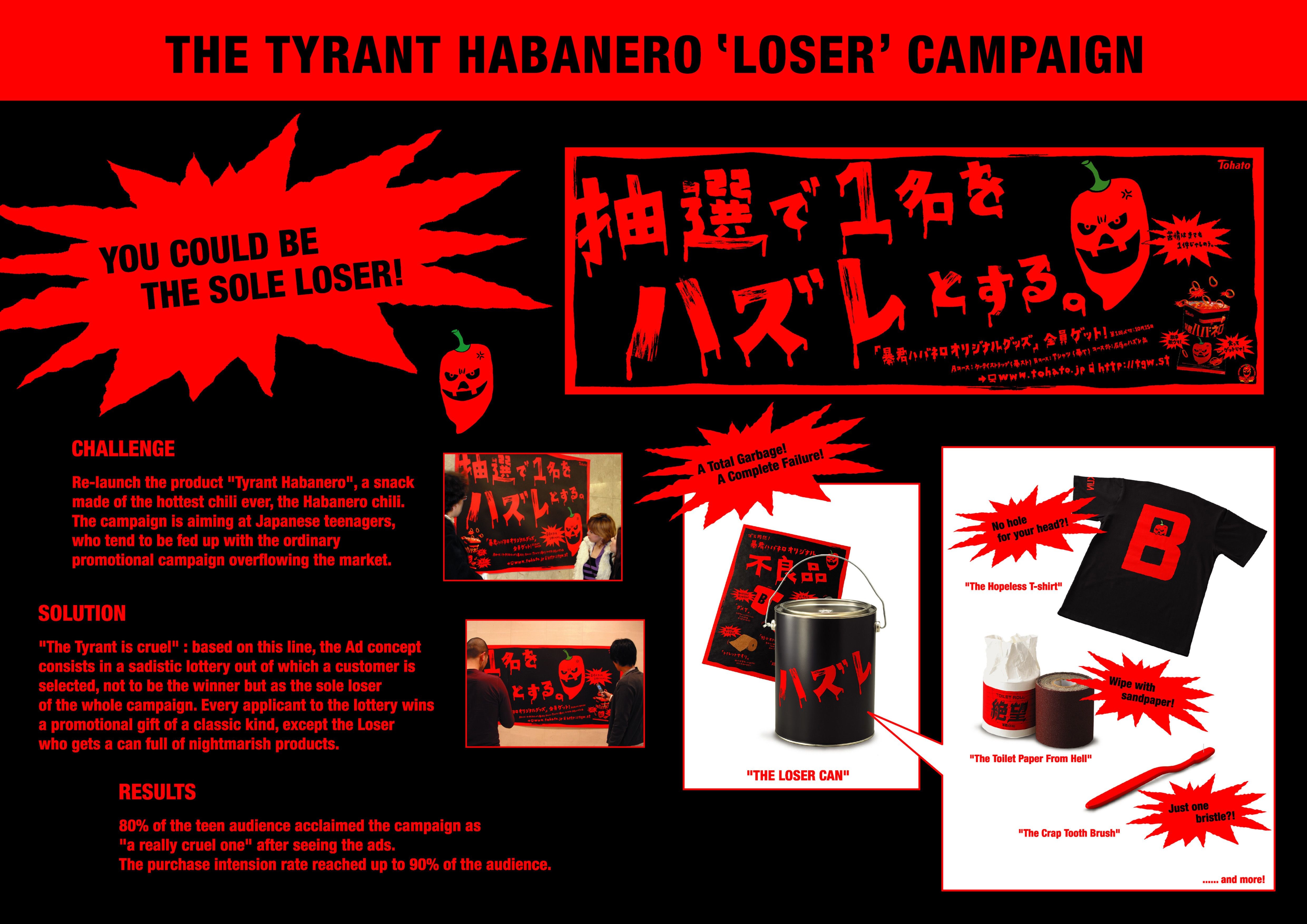Cannes Lions
The Real Cost of Beauty
RAZORFISH, New York / DOVE / 2023

Overview
Entries
Credits
Overview
Background
Dove's mission is to challenge harmful beauty ideals and detoxify beauty. To accelerate that purpose, Dove partnered with Harvard University T.H. Chan School of Public Health and Deloitte to author “The Real Cost of Beauty Ideals,” a ground-breaking study on the health & economic impact of narrow beauty standards in the US.
The results are staggering. Every year, toxic beauty standards cause 66+ million Americans to experience severely negative attitudes and behaviors because of their appearance. “Appearance hate” creates an annual economic impact of $500+ billion, including severe physical/mental health impacts, lost employment/productivity, low educational achievement, and mortality.
Our objective was not only to publicize the study’s data, but to take Dove’s legacy of emotional storytelling in a bold new direction. In doing so, we needed to not only introduce audiences to a systemic health issue, but drive a conversation that matched the scale of the problem itself.
Idea
We asked, “How do we use our data to make body dissatisfaction and appearance discrimination a ‘code red’ issue impacting young girls?” This question shaped our way in for the creative idea, looking at culturally pressing topics that communicate a significant health risk to society.
For this approach, the creative idea needed to convey both its scale and severity. The target audience needs to not only become aware of yet another public health crisis, but to also feel compelled enough to intervene and protect young girls from further suffering. To execute on the former, we introduced the issue as a $500+ billion cost to society that exceeds that of health issues already familiar to parents, like underage drinking and distracted driving. And for the latter, young people shared in their own words what the data could not speak to – how the impact of appearance hate stays with them.
Strategy
Audience: General population; predominantly parents, who need to see this as a pervasive systemic health issue rather than an isolated personal issue.
Strategic Approach: To break through, we reframed a silent epidemic as a “code red” issue impacting young girls, who are most vulnerable and carry its scars for life. We did so in three ways:
- Name It: By calling it “appearance hate,” we verbalized a complicated issue in a way that was instantly emotional and encapsulated both the internalized and externalized aspects of body dissatisfaction and appearance discrimination.
- Juxtapose It: We dramatically raised the danger level by placing it alongside other teen health and safety threats, such as distracted driving and under-age drinking.
- Humanize It: We captured the lived experiences of young girls and female-identifying individuals across America coping with diverse issues, such race-based hair discrimination, weight-based bullying and anti LGBTQIA+ prejudice.
Execution
Launched on International Day of the Girl, our integrated campaign unpacked the data and utilized powerful personal storytelling to position appearance hate as a public health crisis and make its experience real and visible.
At the campaign’s heart, five extraordinary young people shared their lived experiences in long-form videos. Each story went deep into a code red issue, including weight-based bullying, anti-LGBTQIA+ prejudice, and race-based hair discrimination. An anthem video united them to speak truth to power and call for real change.
To capture the world’s attention, a two-page ad ran in The New York Times visualizing the outsized impact of appearance hate compared to other youth health crises, like distracted driving and underage drinking. Additionally, we created paid social media assets urging audiences to join the solution.
Finally, audiences were invited to visit realcostofbeauty.dove.com, a custom digital experience spotlighting the personal stories, data, and impact of appearance hate.
Outcome
In just ten days, despite limited paid media, the campaign exceeded all expectations and launched the first real conversation about a silent public health crisis affecting millions of young girls and women:
104 media outlets
1.9 billion potential reach
19 point lift in brand power
But an even greater impact came from the young people featured in the campaign videos, who grabbed the campaign spotlight to become true activists for change. They spread the conversation on social media and appeared at events to call upon authorities to take action against appearance hate in their communities.
Similar Campaigns
12 items



